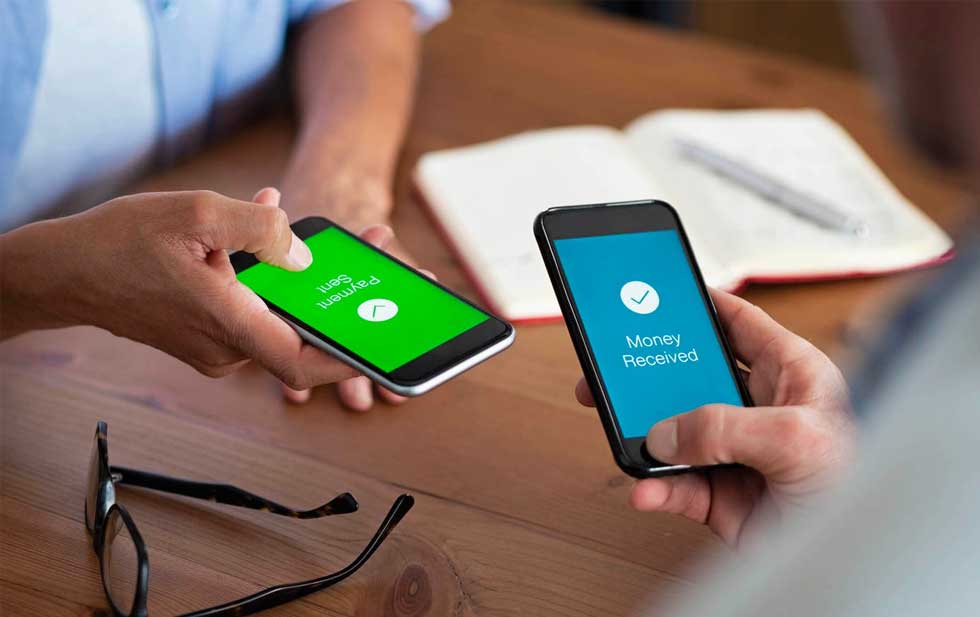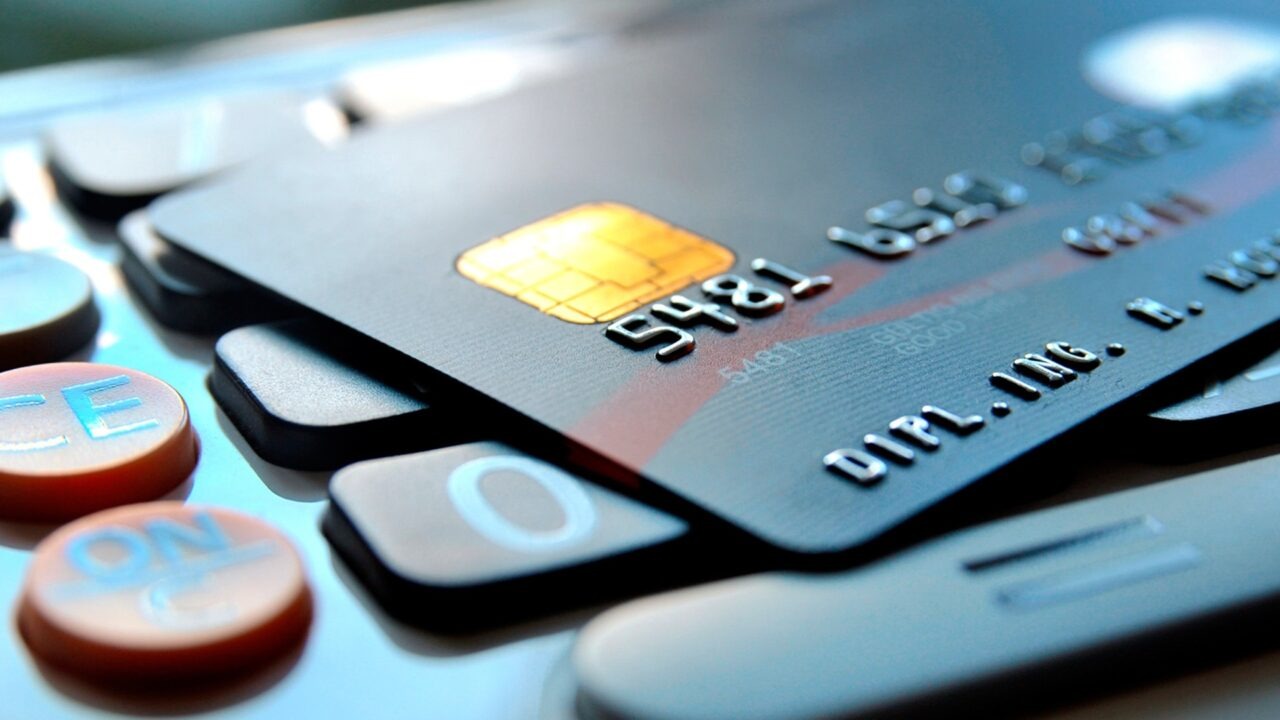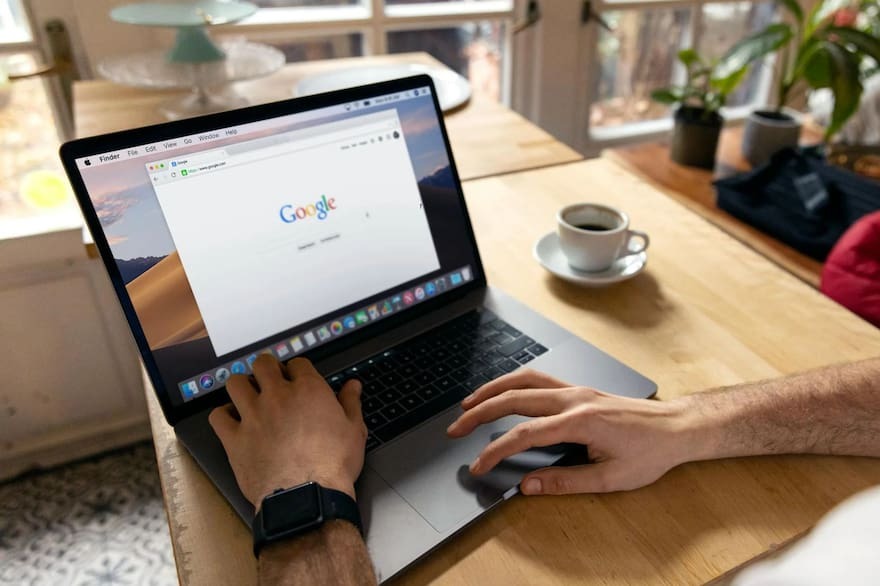a step.- Peer-to-peer (P2P) payment applications have become so popular that they have become common verbs in our society when we refer to payments. P2P technology has made it easier to send money to other people by simply searching for their phone number, email address, or username. Although P2P payment services can be easy to set up, easy to use, and generally secure, it’s important to note that criminals may try to trick you into sending money.
Fraudsters impersonating your bank may contact you to alert you to “suspicious activity” on your account and ask you to send money to yourself or to a “bank address” to cancel the transaction or verify that the account has not been frozen. However, your bank will never ask you to send money to anyone, not even yourself. Criminals try to make you think you are sending money to yourself, but in reality you are sending money to a scammer.
Scammers may contact you claiming to represent a fraud department or a merchant and ask you to confirm information such as your bank account username and password, your credit or debit card details, or your social security numbers. But don’t share this information: Scammers want to create a P2P account with your information, steal your identity, and access your accounts.
The scammer “accidentally” sends you money through a P2P service and asks you to pay it back. Never issue a refund and instead contact the P2P service to report the error. Criminals’ accounts often use stolen funds that the P2P payment service will eventually flag as fraud. If you return the money to the scammer, the P2P service may deduct the money from your account or charge you.
How to protect yourself…
Only use P2P apps to send money to friends, family, and other people you know and trust.
Don’t use P2P apps to send money to people or companies you don’t know.
Don’t fall into forced urgency.
Don’t let anyone you don’t know borrow your phone.
Only contact your bank using the number on the back of your card or bank statement and not online phone numbers, as they may be fake.
Set alerts to notify you of any transactions made on your account.
Make sure your bank or the P2P app you’re using is updated to the latest version.
Look at the phone number you are receiving a text message from. If the number is a full 10-digit phone number, it is a scam. Most banking institutions will only send you a 5-digit short code and will never include a link.
Be careful when using banking or P2P apps on mobile hotspots or public Wi-Fi.





